North Dakota
Verizon debuts 5G Ultra Wideband coverage in North Dakota
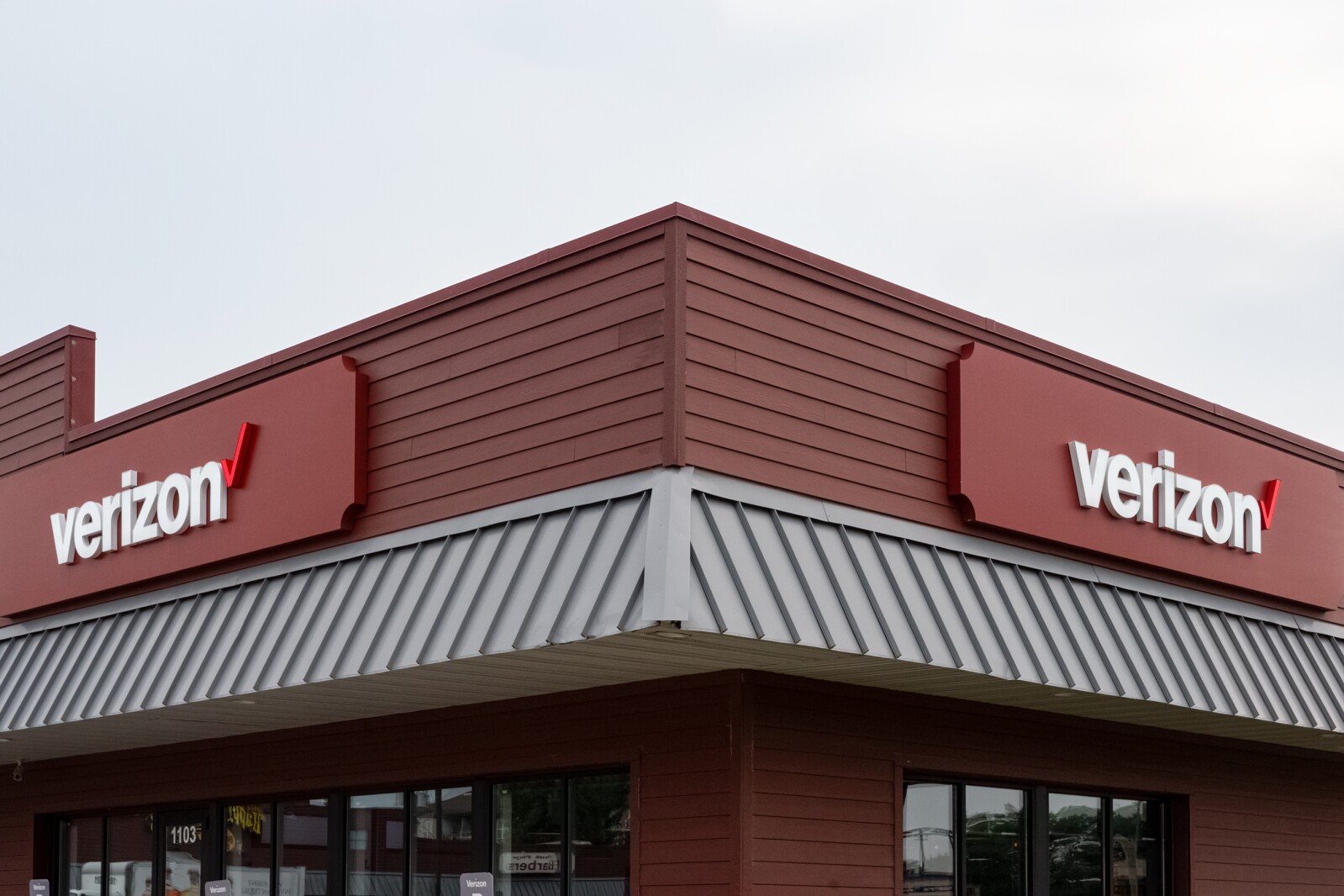
FARGO — Verizon customers throughout North Dakota may have noticed their cell phones running a bit faster Tuesday morning, June 27.
That uptick in speed is because Verizon has begun to roll out its 5G Ultra Wideband service across North Dakota, the company announced via press release Tuesday.
The release stated that the
5G Ultra Wideband coverage
“brings power and performance comparable to a wired broadband internet connection to customers’ pockets.” Among the tasks made possible by 5G Ultra Wideband, the release said, are “downloading huge documents and streaming movies in high definition audio and video, … playing console quality games and conducting video chats, video conferencing and FaceTime calls with clear sound and video.”
According to
Verizon’s website, the company was the first in the world to roll out 5G connectivity on April 3, 2019, when service began in Chicago and Minneapolis. The company has steadily rolled out 5G and 5G Ultra Wideband since then.
On March 7, Verizon announced that its 5G Ultra Wideband network was available to 200 million Americans. In
announcing
the milestone, Verizon promised to continue expanding coverage in suburban and rural areas as well. Since then, the company has expanded 5G Ultra Wideband coverage in Iowa, Nebraska, West Virginia, Pennsylvania, Arizona, Ohio, Illinois, Wisconsin, Oklahoma, Indiana, South Dakota and Texas.
“Our engineers are working tirelessly to bring an exceptionally reliable 5G network experience to more areas in North Dakota,” Dean Brauer, Vice President of Engineering and Operations for Verizon, stated via release. “This technology will not only bring faster speeds and more reliable connectivity, but expanding 5G service into more areas of North Dakota will unlock new opportunities for innovation and economic growth.”
Cities and towns that now have access to 5G Ultra Wideband include Jamestown, Williston, Valley City, Wahpeton, Devils Lake, Crosby, Columbus, Flaxton, Sherwood, Mohall, Westhope, Willow City, Belcourt, Rolla, Starkweather, Anamoose, Velva, New Town, Killdeer, Beach, Center, New Rockford, Gackle, Ashley, Grafton, Wahpeton, Drayton, Buxton, Oriska, Forman and Ludden.
The release did not indicate that Fargo, Bismarck, Grand Forks and Minot were included in the debut. However, a service coverage map on Verizon’s website showed that some areas of Fargo, Bismarck, Grand Forks and West Fargo have 5G Ultra Wideband coverage. Minot was not shown to have any 5G Ultra Wideband coverage.
Contributed / Verizon
Verizon is using a C-Band spectrum which it recently acquired to deliver the 5G Ultra Wideband. The service will use 100 megahertz of the C-Band spectrum in “multiple North Dakota markets,” with additional bandwidth to be available by the end of the year. To accommodate the “exponential increases” in data usage, Verizon has increased the fiber connections at many cell sites to carry 10 times more data than before.

North Dakota
ND Dem-NPL reacts to Biden cancer diagnosis
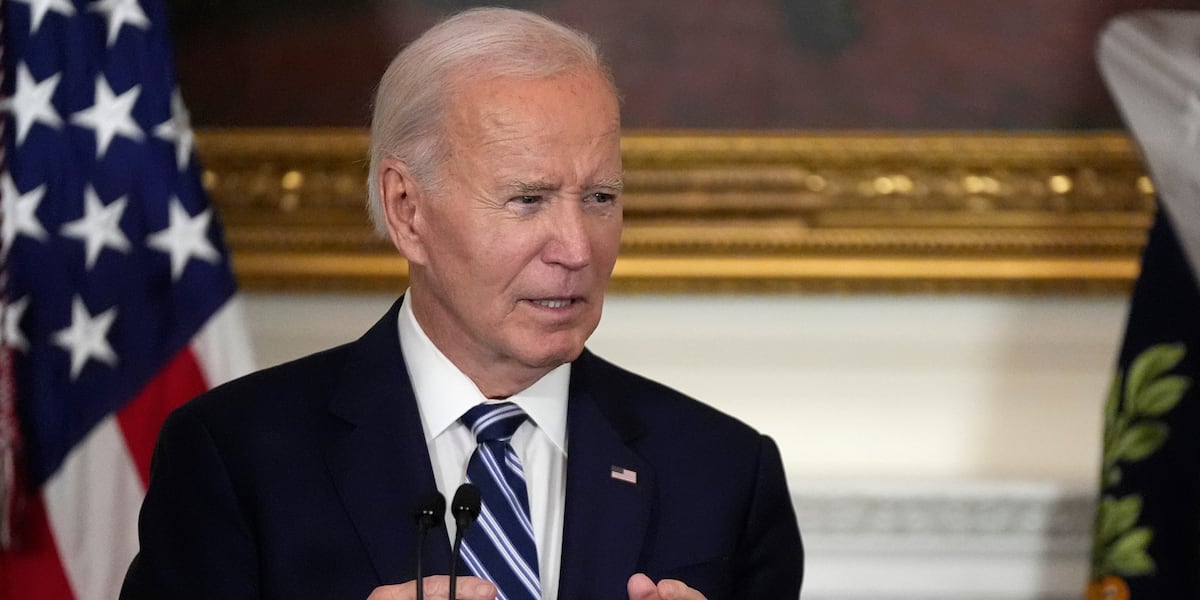
FARGO, N.D. (Valley News Live) – The North Dakota Dem-NPL is reacting to former President Joe Bidens cancer diagnosis.
“For a half century, through personal and political triumphs and setbacks, President Biden sacrificed of himself to do what’s right for our country. This announcement is heartbreaking. Our prayers of healing and strength are with President Biden and his family,” said North Dakota Democratic-NPL Chair Adam Goldwyn.
If you would like to read more about the former Presidents cancer diagnosis, click here.
Copyright 2025 KVLY. All rights reserved.
North Dakota
Obituary for Patricia Meberg at Tollefson Funeral Home

North Dakota
Armstrong spotlights jobs, education and youth health in visit

DICKINSON — Governor Kelly Armstrong returned to his hometown this week, spotlighting key initiatives in workforce development, industrial innovation and community engagement. His visit included stops at the Southwest Area Career and Technical Education (CTE) Academy, Robertson Metal Recycling, the Kind Hearts Project and Dickinson Ready Mix Co.
At the Southwest Area CTE Academy, Governor Armstrong toured the facility and engaged with students enrolled in programs aimed at preparing them for careers in trades, technology and applied sciences.
Courtesy: Gov. Kelly Armstrong/Facebook
According to information shared by the academy, it serves over 1,100 students from seven area high schools and offers 73 different classes across 14 specialized programs including automotive technology, culinary arts, welding and cybersecurity.
The CTE initiative is designed to bridge the gap between secondary education and the workforce, addressing North Dakota’s growing demand for skilled labor. Students also benefit from concurrent enrollment opportunities with Dickinson State University through its Dual Mission Program which enhances access to post-secondary credentials.
Armstrong’s visit to Robertson Metal Recycling marked the commissioning of North Dakota’s first car shredder, a step forward in strengthening the state’s recycling infrastructure. The facility processes materials including scrap steel, tin, car bodies and batteries and has been recognized with the 2024 Stark Development Project of the Year award for its contributions to innovation, workforce growth and environmental responsibility.
In a community-focused gesture, Armstrong participated in the Kind Hearts Project’s annual bike giveaway, helping prepare some of the more than 100 bicycles scheduled to go to area children. The event, held at Dickinson’s Legacy Square, is intended to promote physical activity and mental wellness among local youth.

Courtesy: Gov. Kelly Armstrong/Facebook
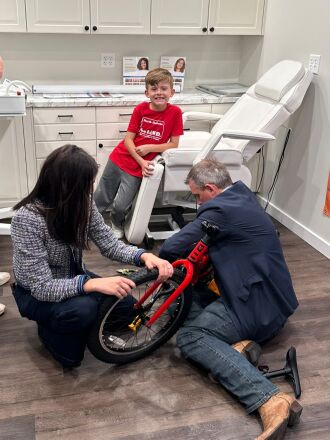
Courtesy: Gov. Kelly Armstrong/Facebook
Driven by the motto “Be Kind,” the organization initially focused on spreading positivity. Today, their mission has grown to confront one of society’s most pressing crises: mental health.
Drawing from personal experience as an emergency room nurse, Kind Hearts Project leader Marriah Marsh has witnessed firsthand the alarming rise of mental health struggles among young people.
“We see kids getting younger and younger who can’t cope — turning to self-harm, sometimes worse,” Marsh said. “We have to be proactive, not just reactive. Teaching coping skills early is key.”
The Kind Hearts Project, a Dickinson-based nonprofit, has gained attention for its grassroots efforts to support well-being and community unity through charitable initiatives.
The day concluded with Armstrong attending the 75th anniversary celebration of Dickinson Ready Mix Co., a longstanding contributor to the region’s construction industry. The company supplies ready-mix concrete across southwestern North Dakota and has supported infrastructure projects including the Theodore Roosevelt Presidential Library.
According to the company, it has implemented low-carbon concrete mixes designed to reduce global warming potential by nearly 50 percent compared to conventional materials, aligning with broader goals around sustainability and emissions reduction.
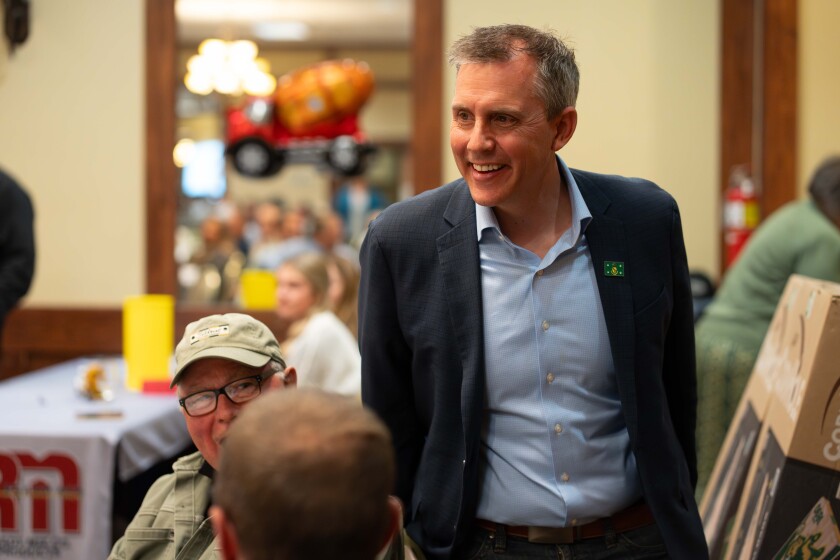
Photo by Josiah C. Cuellar / Buffalo Eye Photography
Governor Armstrong’s visit to Dickinson emphasized his administration’s approach to governance at the intersection of economic development, environmental stewardship and community health. By highlighting initiatives in education, industry and civic life, the trip underscored a broader commitment to building a resilient and inclusive future for North Dakota.
James B. Miller, Jr. is the Editor of The Dickinson Press in Dickinson, North Dakota. He strives to bring community-driven, professional and hyper-local focused news coverage of southwest North Dakota.
-

 Austin, TX1 week ago
Austin, TX1 week agoBest Austin Salads – 15 Food Places For Good Greens!
-
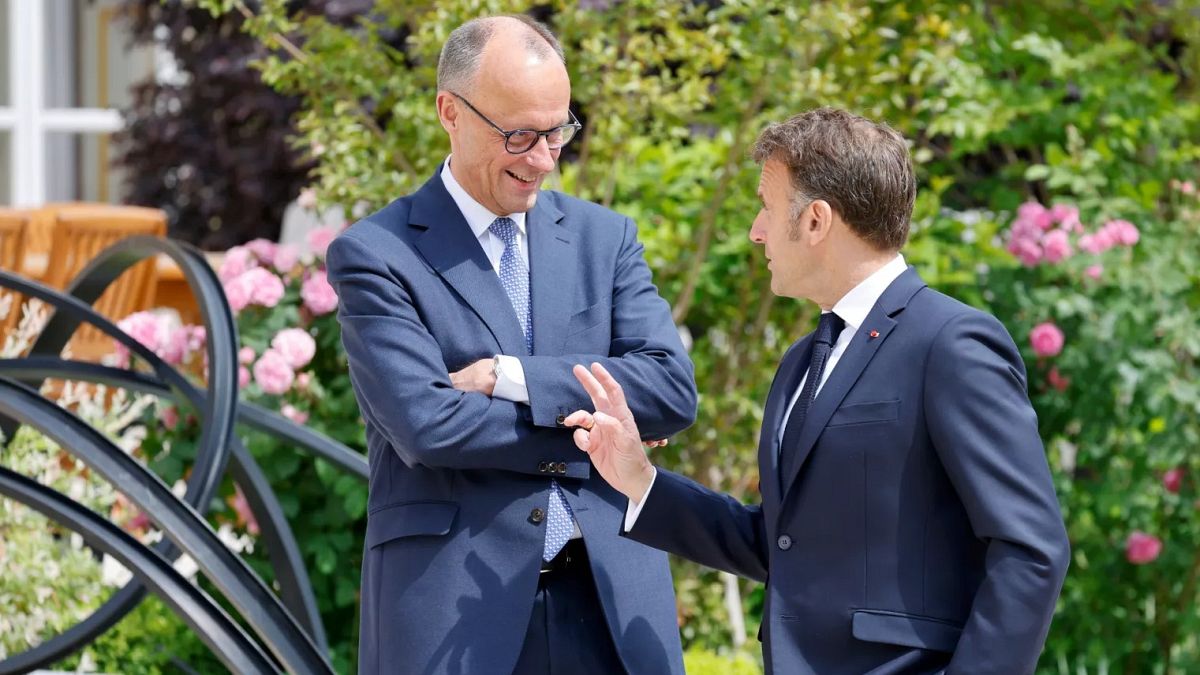
 World1 week ago
World1 week agoNew German chancellor aims for stronger EU ties with France and Poland
-

 Technology1 week ago
Technology1 week agoThe best iPad to buy
-

 Lifestyle1 week ago
Lifestyle1 week agoA Guide to Bravo’s New Shows, Including “Wife Swap: The Real Housewives Edition”
-

 News1 week ago
News1 week agoJudge Orders Release of Rumeysa Ozturk, Tufts Student Detained by ICE
-

 Culture1 week ago
Culture1 week agoBook Review: ‘The Family Dynamic,’ by Susan Dominus
-

 Business1 week ago
Business1 week agoA Decade-Long Search for a Battery That Can End the Gasoline Era
-

 Sports1 week ago
Sports1 week agoPrep talk: San Pedro softball team is Marine League champion





















